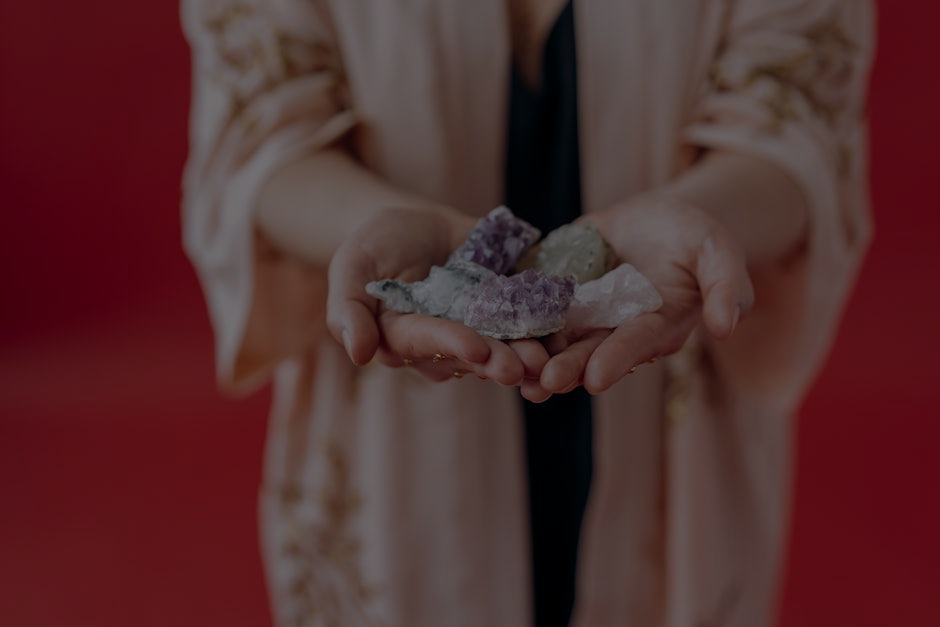**Title: Unlocking Positive Energy: Expert Tips for Feng Shui Item Placement**
**Abstract:** Discover how to strategically position feng shui items in your space to enhance energy flow, attract positivity, and create a harmonious environment that fosters well-being.
Understanding Feng Shui Basics
Feng Shui, the ancient Chinese practice of arranging your environment, aims to create harmony and balance. At its core, it’s about the flow of energy, or “Chi,” which influences your mood, health, and prosperity. By understanding the basics of feng shui, you can create a nurturing environment that aligns with your personal energy. The goal is to invite positive energy into your life while removing obstacles that may hinder your progress.
Choosing the Right Feng Shui Items
Selecting the right feng shui items is crucial for effective energy placement. Popular items include crystals, plants, mirrors, and wind chimes. Each item carries its unique energy and symbolism. For instance, crystals like amethyst promote tranquility, while bamboo plants symbolize growth and resilience. When choosing, consider what aspects of your life you wish to enhance—whether it’s love, health, or prosperity.
The Power of Location
Placement is key in feng shui. Each area of your home corresponds to different life aspects, based on the Bagua map. For example, the wealth corner is located in the far left corner of your home when standing at the entrance. Placing a water feature or a plant in this area can amplify prosperity energy. Similarly, the love corner, found in the far right corner, can benefit from symbols of love, like pairs of objects or romantic artwork.
Balancing Energy Flow
To ensure a smooth flow of energy, avoid clutter and blockages. Clutter not only disrupts the energy flow but can also manifest as emotional or mental blockages. Regularly declutter and organize your space to maintain a vibrant energy flow. Additionally, consider the arrangement of furniture; it should encourage conversation and connection, not isolation. Open spaces allow energy to circulate freely.
Utilizing Color and Light
Colors and lighting play significant roles in feng shui. Each color has its own energy and can affect your mood and environment. For example, soft blues and greens promote relaxation, while vibrant reds can stimulate energy and passion. Ensure that your space is well-lit, as natural light enhances positive energy. If natural light is limited, consider using mirrors to reflect light and create a sense of openness.
Incorporating Natural Elements
Nature is a powerful ally in feng shui. Incorporating natural elements such as plants, water features, and natural materials can significantly enhance your space’s energy. Plants not only purify the air but also bring life and vitality into your home. Water features, like fountains, symbolize abundance and can attract wealth. Choose plants that are easy to care for, such as peace lilies or snake plants, to keep the energy fresh and vibrant.
Regularly Refreshing Your Space
Feng shui is not a one-time setup; it requires ongoing attention. Regularly refreshing your space by rearranging items or introducing new elements can keep the energy dynamic. Seasonal changes can also inspire new placements—consider adding autumn colors in the fall or fresh blooms in spring. This practice not only maintains energy flow but also keeps your environment engaging and inspiring.
In conclusion, positioning feng shui items for optimal energy involves understanding the fundamentals of feng shui, selecting the right items, and being mindful of placement and arrangement. By incorporating these principles, you can create a harmonious environment that fosters positive energy, enhances your well-being, and ultimately leads to a more fulfilling life. Remember, the key to effective feng shui is not just in the items you choose, but in how you interact with your space. Embrace the journey of creating a nurturing environment and enjoy the benefits of balanced energy flow.



